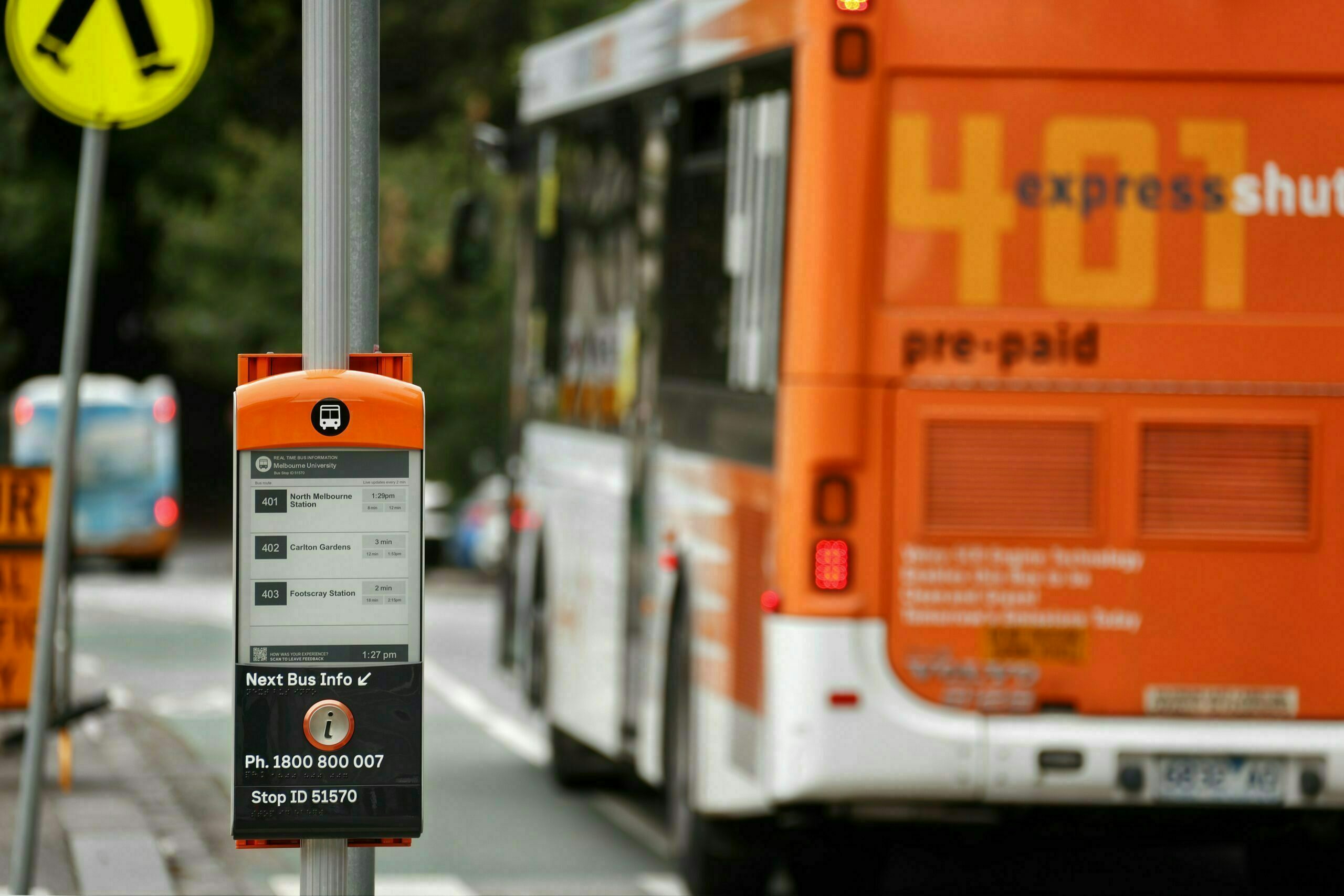Much more could be made of greater Melbourne’s extensive bus network, according to a new discussion paper released by the state’s independent infrastructure advisory body.
“With the right route design, cheaper fares and more frequent services, buses can deliver safe, affordable public transport where it is needed most,” Infrastructure Victoria CEO Dr Jonathan Spear said.
“We have an enormous opportunity to make more of Melbourne’s 400 plus bus routes because most of us live within walking distance of a bus stop,” he said.
The Get on board: making the most of Melbourne’s buses discussion paper finds:
- Buses are rarely a competitive alternative to cars and other transport. Low frequencies, limited operating hours, and slow and complex routes make buses a less appealing alternative.
- Customers find using the bus difficult and complex. People who do take the bus often lack limited real-time information, access to quality stop infrastructure and experience unreliable service levels.
- The existing bus network is inequitable. Access to safe, reliable and affordable transport, especially in growth areas, gives more Melburnians the opportunity to participate in work, attend social events and study.
- Victorians can get better value from the bus network. The government spends about $800 million every year on the metropolitan bus network, yet some communities see limited benefit.
It suggests there are many opportunities to reform the existing network to benefit customers, ease congestion and reduce greenhouse gas emissions, building on the improvements already underway as part of Victoria’s bus plan.
“Cities across the world have designed responsive and adaptable bus systems which can become the preferred mode of transport for many road users,” Dr Spear says.
“Improving frequency, faster travel times and more direct routes to key activity centres can make the bus a compelling alternative and attract new customers.
”A bus service delivered every 15 minutes instead of every 30 can increase customer numbers, as can faster travel times. Express lanes and busways, such as the new Eastern Express Busway to be built as part of North East Link, promote faster travel for bus users.
Better integration with train and tram timetables also improves the customer experience.
“Customers need better information and flexibility,” Dr Spear said. “In some areas, on-demand buses, known as FlexiRides, might be a better alternative for the community to connect customers to shopping centres and railway stations than a standard route.”
A final report will be published in late 2023 with recommendations informed by community and stakeholder engagement, modelling and other evidence-based inputs.
